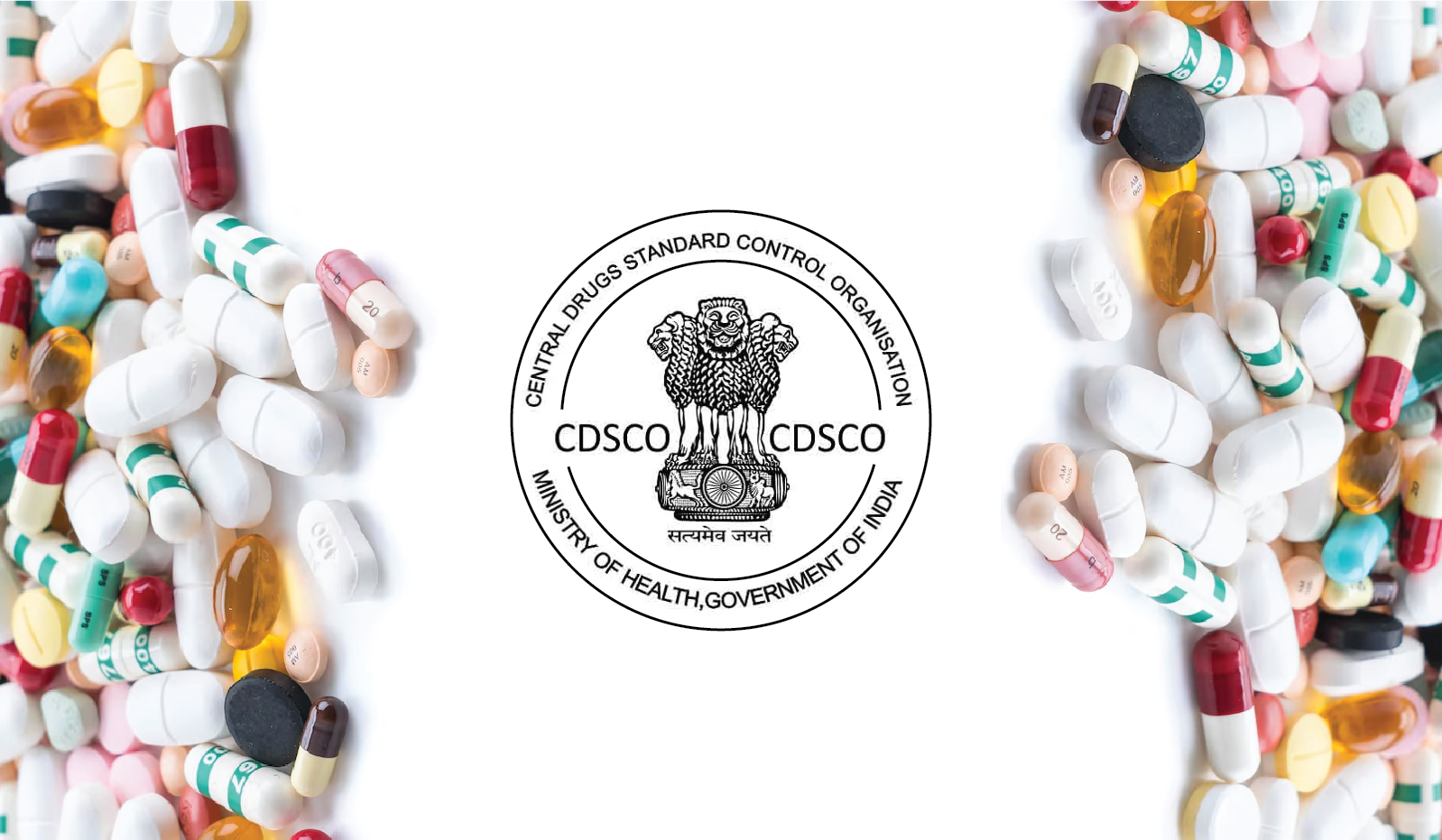Alert highlights that sample of more than 50 drugs, including paracetamol, Pan D, calcium, vitamin D3 supplements etc. are “not of standard quality”.
- It also highlighted failure of several states in submitting data on quality of drugs .
Drug Regulation in India
- Drug regulation is based on centrally-enacted Drugs and Cosmetics Act, 1940 (DC Act) and the corresponding Drugs and Cosmetics Rules, 1945 (DC Rules).
- CDSCO, headed by the Drugs Controller General of India (DCGI) is entrusted with constant monitoring of drugs.
- It releases a Not of Standard Quality (NSQ) list monthly for assessing the quality and safety of drugs.
- CDSCO, headed by the Drugs Controller General of India (DCGI) is entrusted with constant monitoring of drugs.
- National Pharmaceutical Pricing Authority (NPPA) fixes/ revises the prices of controlled bulk drugs and also monitors the availability of drugs, identifies shortages, if any, and takes remedial steps.
- Since public health is a state subject, state governments also undertake drug regulation through State Drug Regulating Agencies (SDRAs).
Issues of Drug Regulation in India
- Uneven Implementation: Number of Fixed Dose Combinations banned by DCGI are licensed for manufacturing under the State units.
- Discretion of Officers in regulation: DC Act or Rules do not provide any metrics to guide the regulation of drugs.
- Lack of trained and adequate personnel: Identified by Mashelkar Committee (2003).
- Other Issues: Lack of coordination between SDRAs and center, lack of suitable infrastructure, funding, etc.
Way forward on improving Drug Regulation Ecosystem
|







